Our grasslands evolved alongside grazing ruminants, to form a symbiotic relationship that maintains an ecosystem rich in biodiversity, while building soil, sequestering atmospheric CO2, and increasing the landscape’s ability to withstand periods of drought. This was accomplished through the cycles of intensive grazing, followed by long periods of rest, that resulted from the herds annual migration, as well the pressure from predators such as wolves, which ensured that the herds stayed bunched together for safety.
It is estimated that in North America alone, there were between 60-90 million bison (in addition to elk, moose, deer, and antelope) contributing to this process. Sadly, the early settlers hunted the bison to the brink of extinction. Although their populations have now stabilised, in the 200 years since, we’ve plowed over their former habitat to grow commodity crops, and criss crossed it with a network of highways & fences, making it impossible for them to fill the essential role they once played.
Today, grasslands are one if the most endangered habitats in the world. What hasn’t yet been plowed under for mono-crop production, is rapidly drying out and becoming desert because of the lack of ruminants to perpetuate the cycle of graze & rest.
This is where regenerative agriculture comes in. Although the wild bison population can never be restored to it’s former glory, we CAN use domesticated ruminants such as cows and sheep, in combination with management techniques that mimic their natural grazing patterns, to fulfil the regenerative effect that their wild counterparts hand on the land.
